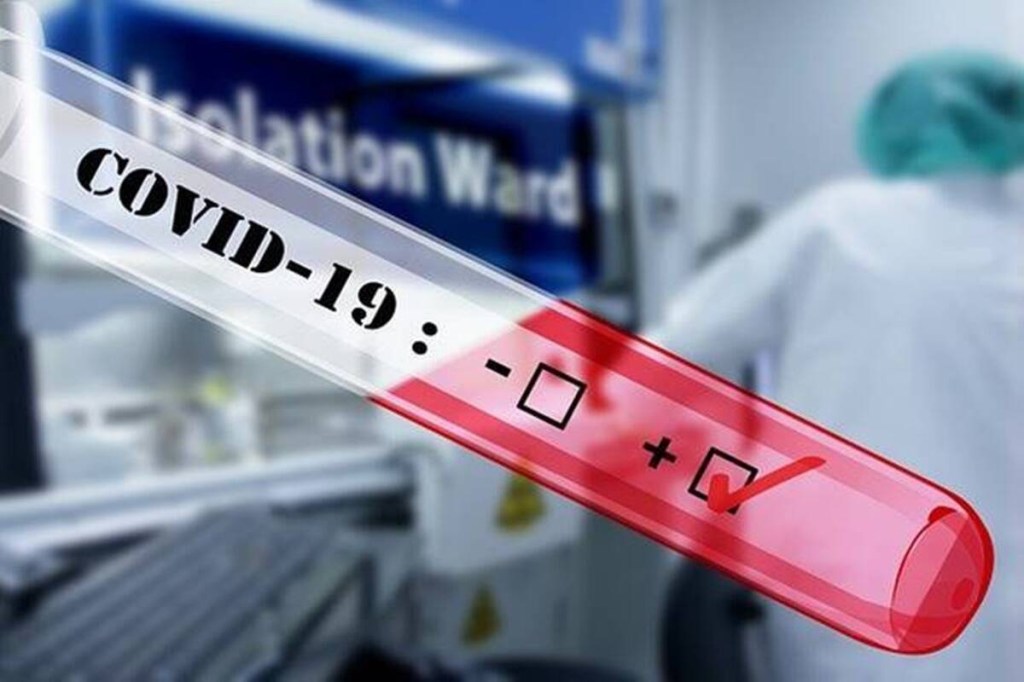There is no doubt that the second wave of the novel Coronavirus has devastated people in India in many ways. The spread which was earlier pegged to be a city trend, has now seeped deep in rural areas of the country. Last year, as the first Covid-19 wave subdued, it was found that the infection rate was lower in rural areas when compared to urban cities. The government has recently announced that of more than 700 districts in India, as many as 533 districts are affected massively, with more than 10 per cent of Coronavirus positivity rate.
A look at Covid-19 numbers
The total number of active cases in India is currently over 37 lakh, with some states reporting more than 1 lakh active cases individually. WIth an upsurge in viral caseload, the national positivity rate is dwindling at 20-21 per cent. As many as 42 per cent of the overall districts in the country have a positivity rate which is higher than the national average. Citing Dr Balram Bhargava, director general of the Indian Council of Medical Research (ICMR), a report by The IE noted that more than 20 districts of 8 states have a positivity rate higher than 10 per cent. These include Karnataka and Rajasthan with 28 districts each, Odisha with 27 districts, Chhattisgarh having 24 districts followed by Gujarat at 23 districts, Haryana at 22 districts, West Bengal at 22 districts, and Assam having 20 districts.
Other states like Punjab, Uttarakhand, Himachal Pradesh, Delhi, Kerala, Andhra Pradesh, Jharkhand and Arunachal Pradesh have 10-20 districts each among them having a Covid-19 positivity rate of more than 10 per cent.
Apart from these, there are five states who have seen that they have more than 30 districts each where the viral positivity rate has reached beyond 10 per cent. The state, having the highest number of districts is Madhya Pradesh, with 45 districts reporting significant rise in the number of Coronavirus cases on a daily basis. This is followed by Uttar Pradesh having 38 districts. Maharashtra has now 36 districts with more than 10 per cent of Coronavirus positivity rate. Tamil Nadu and Bihar have 34 and 33 districts, respectively.
The central government noted the positivity rate for 26 states during the week 5 May-11 May at 15 per cent. It is to note that Goa has reported a positivity rate of a whopping 49.6 per cent. Similarly, union territory Puducherry noted 42.8 per cent positivity rate.
The next step
As the numbers have been raging ever since the second Covid-19 wave broke out, Dr Bhargava said that now the Health Ministry’s earlier recommendation stating that not more than 30 per cent of all Covid-19 tests should be Rapid Antigen Tests, needs to be diluted. At this time, increasing access as well as availability of testing in rural areas becomes imperative. Dr Bhargava highlighted that RAT will have to be ramped up aggressively and this can be done by setting up testing centres in community centres as well as schools.
There is no doubt that the Rapid Antigen Tests have been easier in giving quick results, but their standard is less than the RT-PCR tests, which are more accurate and “gold standard” of testing when it comes to viruses.
Last year, the focus was on conducting around 70 per cent RT-PCR tests and 30 per cent RAT. But given the scale of transmission, the states have been requested to conduct more RATs for faster test results. This will further give impetus to early isolation and will allow to break the transmission chain at a faster pace.
According to Dr Bhargava, a multi-pronged strategy will be needed for ramping up RAT. This will include setting up 24×7 testing booths and RAT facilities across cities, towns, as well as villages. Community centres, schools and colleges can be leveraged for setting up these facilities.









